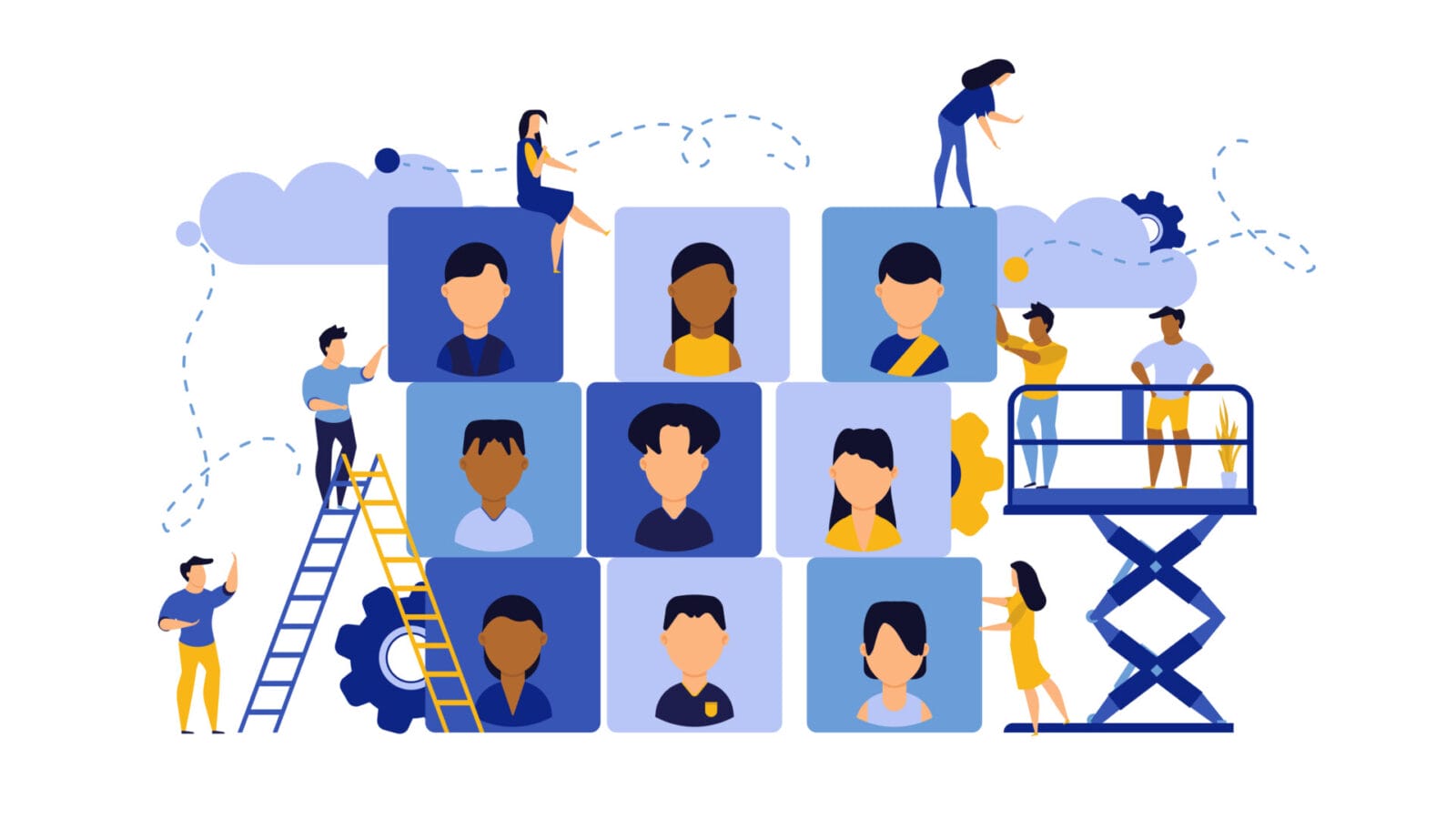Connecting Employee Volunteerism With Human Resource Goals

As a corporate social impact leader, you’ve undoubtedly heard your HR colleagues grappling with challenges that sound insurmountable. Whether they’re searching for ideas to support engagement and retention, compensating for reduced learning and development budgets or on the hunt for talent, you’ve got a proven solution on your hands: a strategically aligned employee volunteer program that supports the employee experience and lifecycle while also meeting community needs.
The 2023 honorees of The Civic 50 know the value of integrating social impact strategy with other business functions. In fact, most are aligning closely to work often designated to HR like diversity and inclusion, engagement, health and wellness, recruitment and skill development. We expect this to continue to be the case with 2024 honorees as more companies realize that social impact works best when it’s integrated across operations.
Only 23% of the world’s employees were engaged in 2022, which leaves 59% “quiet quitting” (not engaged), and 18% “loud quitting” (actively disengaged) according to Gallup’s State of the Global Workplace: 2023 Report. Sure, that’s an uptick from 2021 and the trendline is steadily inching upward. However, the 77% of employees who are not engaged or actively disengaged represent $8.8 trillion in untapped productivity for global workplaces.
HR leaders and senior executives might be bearing the brunt of these challenges as they compete to attract and recruit top talent, increase engagement scores and morale, while also retaining highly-skilled workers. It’s demanding work to say the least and competitive salaries and perks aren’t enough on their own. Besides, research tells us that purpose may outweigh perks, especially during uncertain times.
To prove just how valuable investing in employee volunteerism is to meeting HR goals, here’s a collection of proof points to share with your colleagues in HR roles.
Corporate Social Responsibility and Human Resource Goals
Attraction and Recruitment
A robust employee volunteer program can be a powerful tool for attracting top talent. Many prospective employees consider a company’s commitment to social responsibility when making career decisions. Not only do applications rise by 25% when a job searcher knows about a company’s social impact work, a 2021 report from IBM tells us that seven out of 10 are more likely to apply to and accept an offer from an organization they believe to be socially responsible.
Companies known for their commitment to social responsibility often enjoy a positive employer brand. Aligning employee volunteerism with HR goals contributes to this positive perception, making the organization more attractive to both current and potential employees including those from younger generations. Interestingly, a report from Citi on closing the racial inequality gap presents the notion that Millennials are willing to forego approximately 14.4% of expected compensation to work at socially responsible companies.
Engagement
Connecting volunteer programs with HR goals increases employee engagement. When employees feel that their contributions align with the company’s mission and values, they are more likely to be motivated and committed to their work.
Research has consistently shown a positive correlation between employee engagement and participation in volunteer activities. Engaged employees tend to be more committed to their work, resulting in higher productivity and lower turnover rates. Case in point, a 2021 study by BBMG and GlobeScan reports that 59% of employees say the more socially and environmentally responsible their company becomes, the more motivated and loyal they become. When employers give workers ample chance to support their communities in more ways than one, the 2020 B2B Purpose Paradox report tells us that 75% of companies offering giving and volunteering have two times more engagement than companies only offering one or the other.
Talent Development and Skill Enhancement
Volunteer activities can provide opportunities for employees to develop new skills, including leadership, teamwork and problem-solving. By aligning volunteering with HR goals around talent development, organizations can strategically leverage these cost-effective opportunities to contribute to employees’ professional growth and career development. Deloitte’s 2016 Impact Survey reveals that 92% of respondents agree that volunteering improves employees’ professional skill sets and is an effective way to improve leadership skills and 80% of respondents said that active volunteers move more easily into leadership roles.
Retention
A growing body of evidence suggests that corporate social responsibility, including employee volunteer programs, can be a key factor in retaining top talent. Existing employees may be more likely to stay with an organization that values community engagement. The 2021 Business & Social Justice Study from Porter Novelli reports that 43% of employees are reconsidering their current job because their employer isn’t doing enough to address social justice issues externally and Deloitte doubles-down on this stat by sharing that purpose-driven companies see retention rates 40% higher than other companies. Finally, Benevity’s 2022 Talent Retention Study draws a significant correlation between community engagement and retention by reporting that companies see a 52% lower turnover among newer employees when they participate in purpose programs, which directly impacts a company’s bottom-line.
Aligning employee volunteering with HR goals creates a symbiotic relationship that benefits both the organization and its employees. It contributes to a positive work environment, strengthens the company’s social impact and reinforces its commitment to responsible business practices. And although we’ve only covered a few HR goals above, employee volunteerism and other community engagement programs that are accessible to all employees regardless of role are also key drivers of employee well-being and contribute to a sense of belonging.
Simply put, integrating social impact strategy with achieving HR goals helps build a positive workplace culture where employees feel connected to each other and to the organization’s broader goals and every leader can see the value in that.
